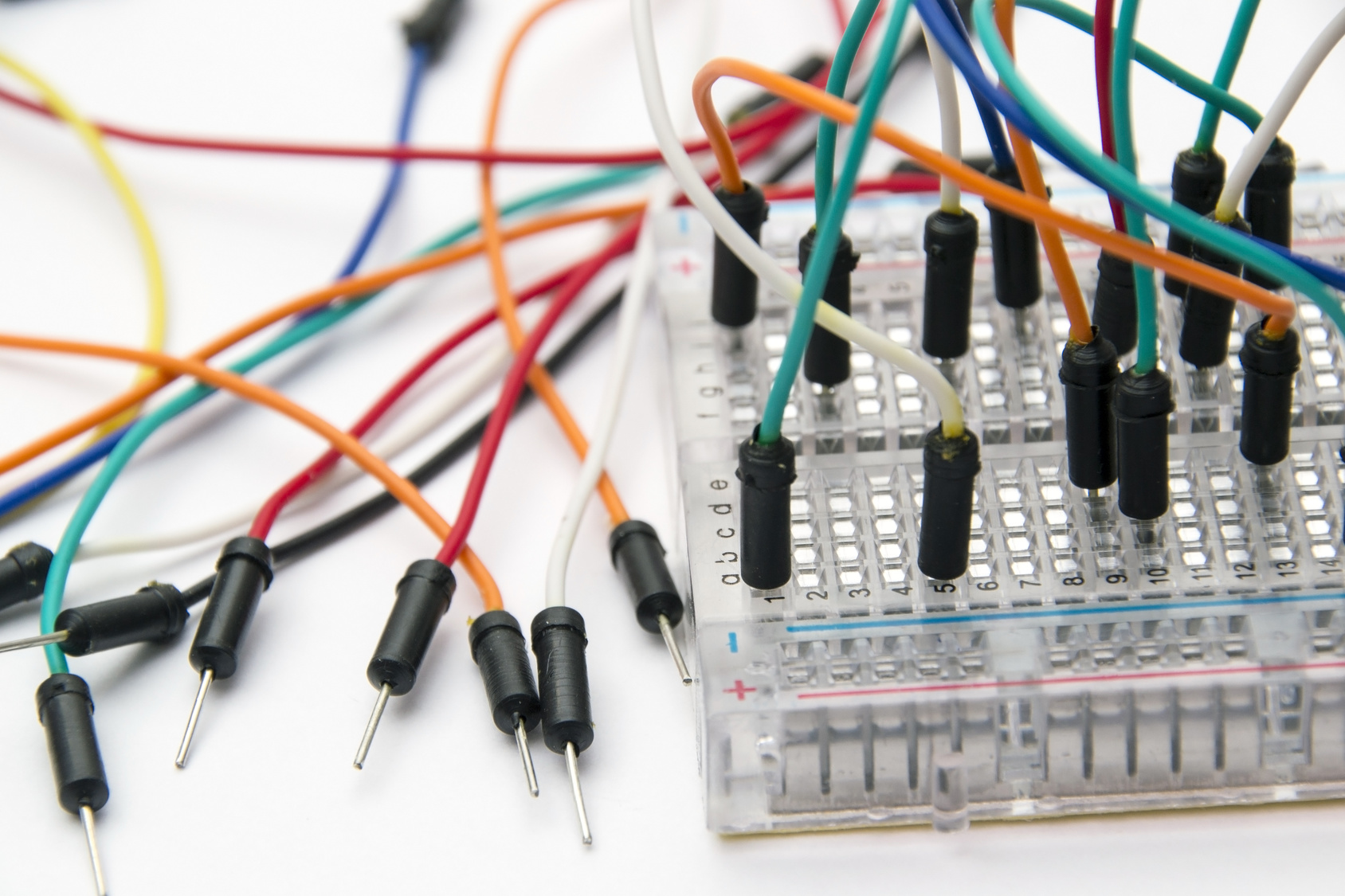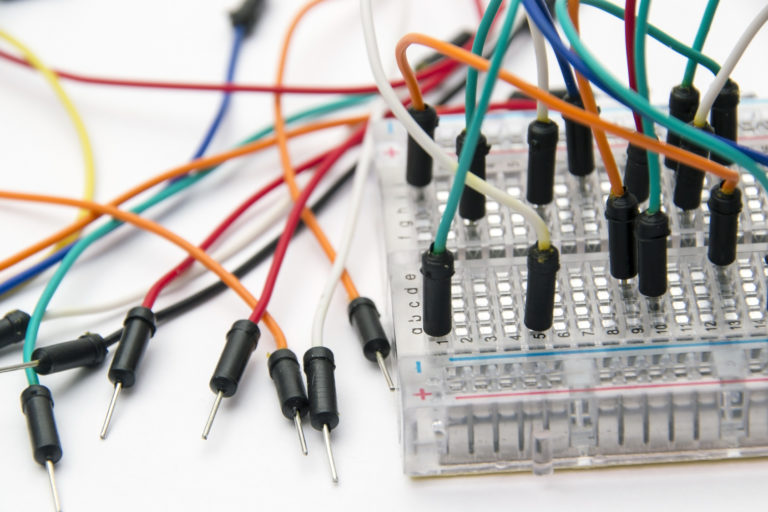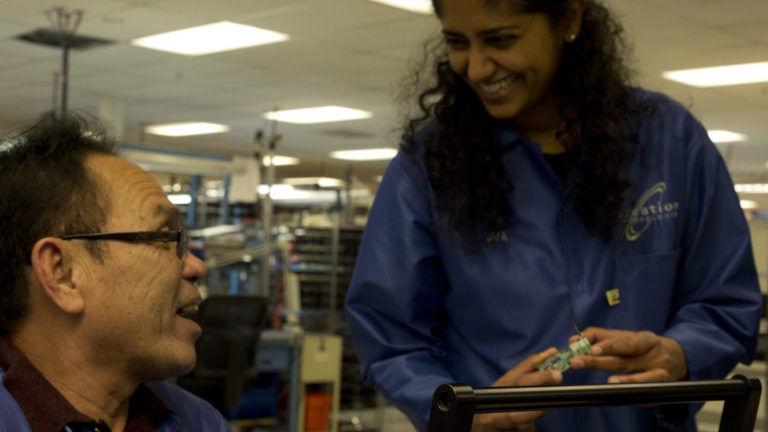Speed and the Bottom Line: Rapid Prototyping is a Fiscal Game Changer
We have all heard the buzz around 3D printing as a tool for prototyping and low-volume manufacturing. As 3D printing technology progresses and becomes more accessible, demand is expected to jump from $1.3 billion in 2012 to $5.2 billion in 2020.
Being new to Creation Technologies – and the electronics manufacturing industry – I assumed that when our OEM customers mentioned “rapid prototyping”, they meant 3D printing. This isn’t the case.
In our industry, Rapid Prototyping refers to an accelerated product development model, and most of the time it’s done without a 3D printer.
So What is Rapid Prototyping?
Rapid Prototyping is designed to get new products out to market in the quickest and most efficient manner. Companies that offer Rapid Prototyping services, find ways to significantly condense the new product development cycle, through either technology or in-house expertise.
OEMs in the electronics manufacturing industry are typically looking for experienced companies that can assist them with product documentation, complete test strategies, supply chain demand, and DFX services.
When done right, rapid prototyping can increase an OEM’s top-line revenue and extend their product lifecycles by ensuring that their product features at launch are actually the features their customers need.
Get to Market Faster
“If you are not first you are last.”
This is the reality when it comes to new product introduction. With ramped up competition and technology advancing daily, businesses – both startups and established – need to get their new products to market quicker, smarter and as cost efficiently as possible.
Making good decisions early can create the competitive advantage companies need to maximize revenue opportunities. Rapid prototyping can help.
Look at a company like Xerox. Last year, with printer sales declining, the company adopted a rapid prototyping approach to streamline their production cycle for their value-added services.
Xerox focused on smaller, more customized projects so that they could give (and get) instant feedback early in the process. With the help of this rapid feedback loop, products like the Digital Nurse Assistant were commercialized several months quicker than it would had Xerox opted for a more traditional approach.
Million-Dollar Errors in New Product Development
Regardless of whether they build in-house or outsource, OEMs need to maneuver through industry requirements, eliminate costly design mistakes, and ensure quality early in the process.
Rapid prototyping is a smart option for OEMs looking to do this quickly, especially if they leverage a partner that is rich in end-to-end expertise. (Did I mention that Creation Technologies specializes in end-to-end solutions for OEMs?)
In many situations, prototyping and manufacturing are done in isolation. Not only are opportunities for improvement overlooked, critical information often gets misinterpreted in the process, adding unnecessary costs and time onto the development process.
Creation Technologies’ Business Development Director for Creation Express Services, Michelle Angel, has worked with product innovators in the Bay Area for two decades. Today, she’s focused on creating high-impact solutions for Creation’s rapid prototyping customers. Michelle told me that if a mistake is not identified or fixed at the prototyping stage and moves into production, the simple error could cost a customer hundreds of thousands, maybe even millions of dollars.
Are you making million-dollar errors in a time where every competitive advantage matters?




